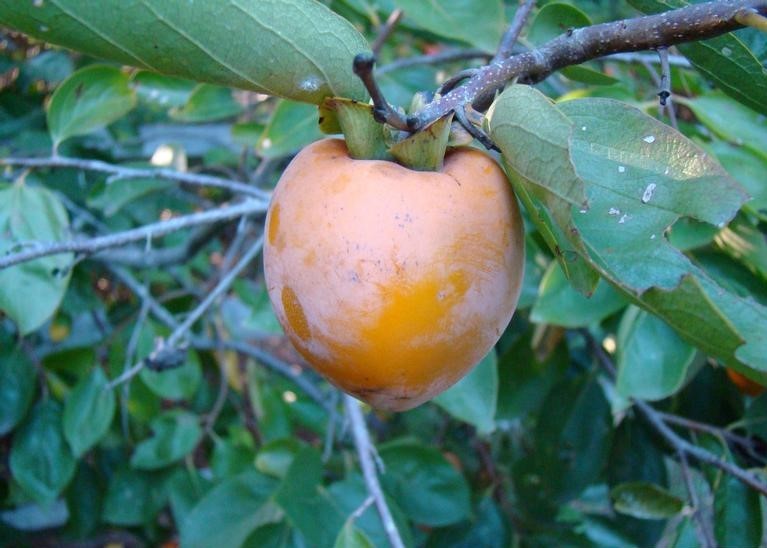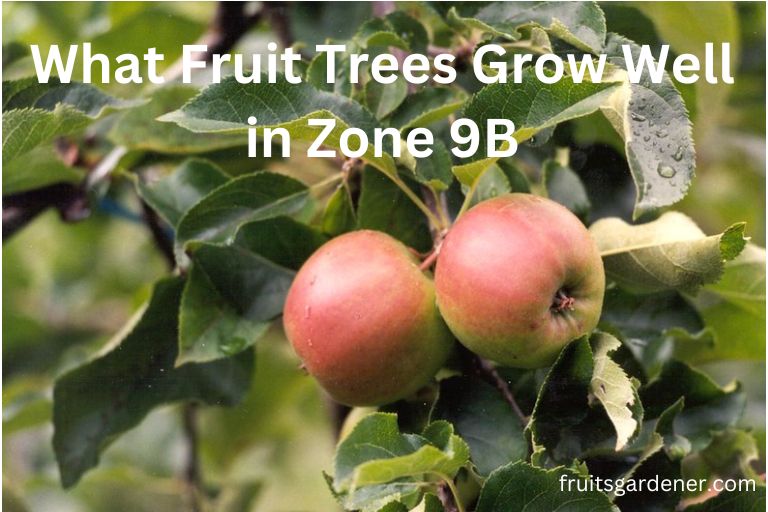They can handle temperatures as low as 25 degrees Fahrenheit without any problems. Of course, you’ll still need to give your trees the care they need to thrive. Make sure they’re getting enough water and fertilizer, and protect them from pests and diseases. With a little TLC, your fruit trees will produce bountiful harvests for years to come.
15 Ideal Fruit Trees for Zone 9B California
Fruit trees are a great addition to any yard or garden, and they can provide delicious fruits for you and your family to enjoy. If you live in California, you’re in luck, because there are a variety of fruit trees that will grow well in your climate. With its warm climate and long growing season, this region is ideal for growing most types of fruit trees.
Some of the best options for fruit trees in Zone 9B include citrus trees like oranges and lemons, as well as stone fruits like apricots, plums, and nectarines. Here are some of the best fruit trees for zone 9b California.
1. Lemon Tree:

One of the best fruit trees for California is the lemon tree. Lemon trees thrive in warm climates and produce an abundance of juicy lemons. You can use lemons to make fresh lemonade, add them to recipes, or simply enjoy eating them on your own.
2. Orange Tree:
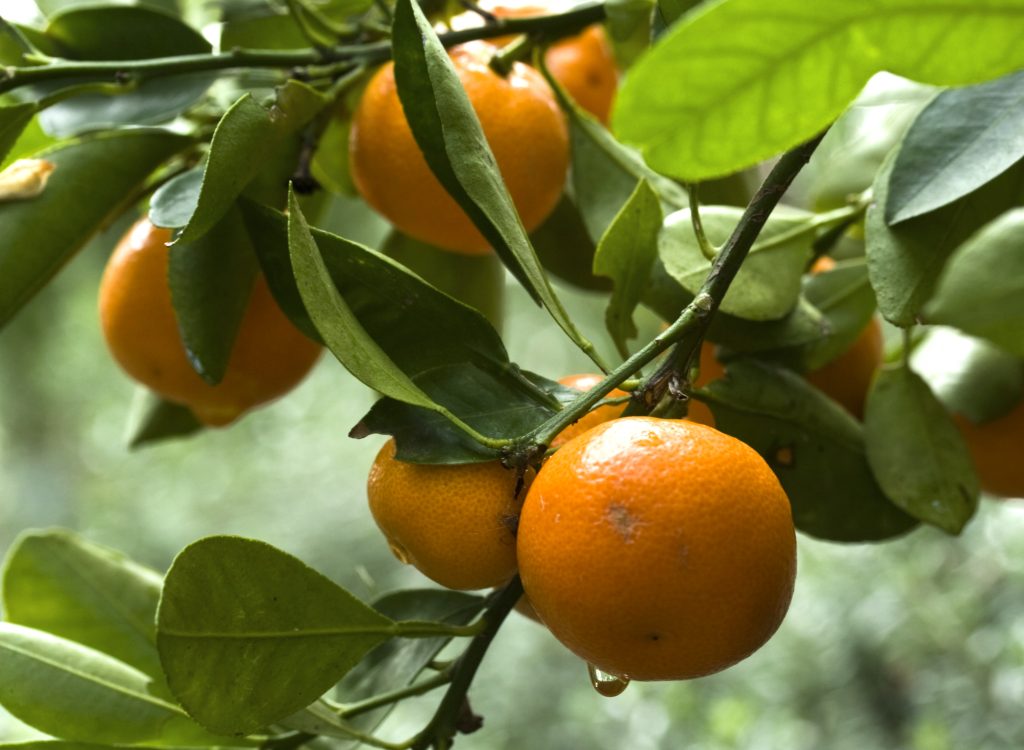
Another great option for a fruit tree in California is an orange tree. Orange trees also love warm weather and produce sweet, juicy oranges. Oranges are perfect for snacks, juices, and baking recipes.
3. Fig Tree:

If you’re looking for a more unique fruit tree option, consider a fig tree. Fig trees do well in warmer climates like California and produce delicious figs that can be eaten fresh or used in baked goods. If you’re lucky enough to live in California’s Zone 9B, you have a wide variety of fruit trees to choose from.
Figs such as Chicago Hardy (Ficus carica ‘Chicago Hardy’), Celeste (Ficus carica ‘Celeste’), and English Brown Turkey (Ficus carica ‘Brown Turkey’) are good varieties to grow in zone 9.
4. Apricot trees:
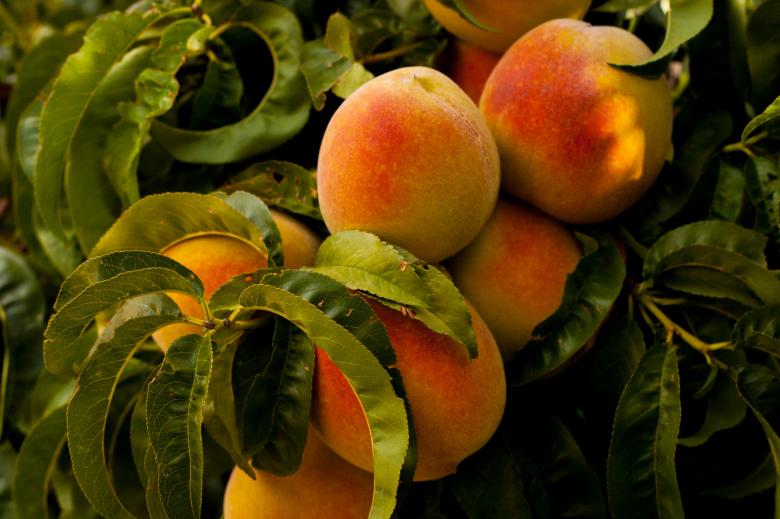
Apricot trees are a great choice for those who want to enjoy fresh apricots right from their own backyard. These trees are relatively easy to care for and can produce an abundance of fruit. Apricots such as Flora Gold (Prunus armeniaca ‘Flora Gold’), Tilton (Prunus armeniaca ‘Tilton’), and Golden Amber (Prunus armeniaca ‘Golden Amber’) are ideal varieties to grow in zone 9.
5. Peach trees:
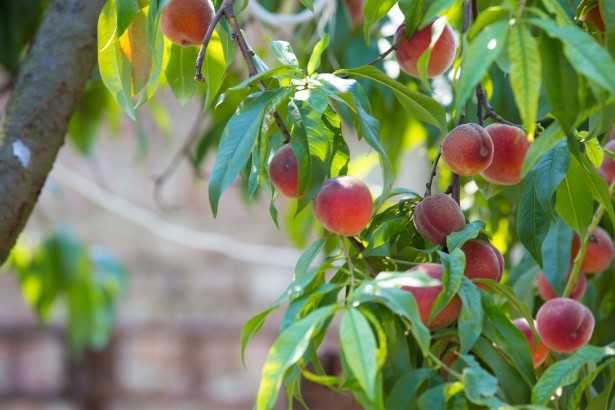
Peach trees are another excellent option for California gardeners. Peaches are perfect for eating fresh or using in recipes like pies and cobblers. Plus, they make a beautiful addition to any landscape. Peaches such as O’Henry (Prunus persica ‘O’Henry’) and Suncrest (Prunus persica ‘Suncrest’) are ideal varieties for zone 9.
6. Cherry Trees:
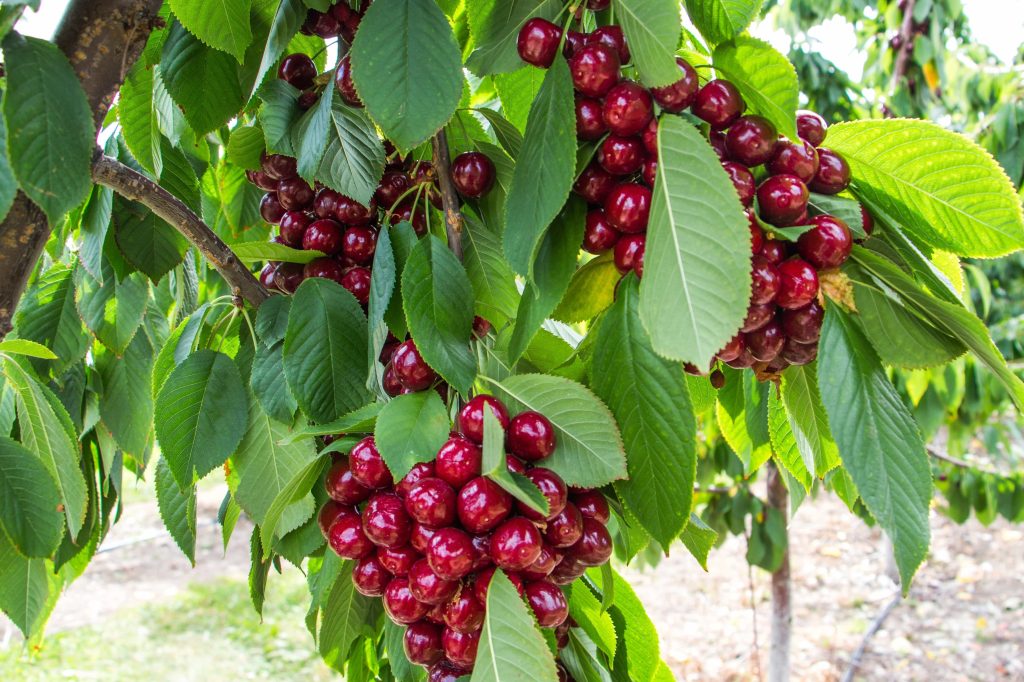
Cherry trees also thrive in California’s warm climate. Sweet cherries are great for snacking on, while tart cherries can be used in pies and other desserts. Cherry trees can also be ornamental, with their pretty blossoms adding color to your yard in springtime.
Cherry varieties including Craig’s Crimson (Prunus aviam ‘Craig’s Crimson’), English Morello sour cherry (Prunus cerasus ‘English Morello’), Lambert cherry (Prunus aviam ‘Lambert’), and Utah Giant (Prunus aviam ‘Utah Giant’) are perfect for zone 9b.
7. Apple Tree:
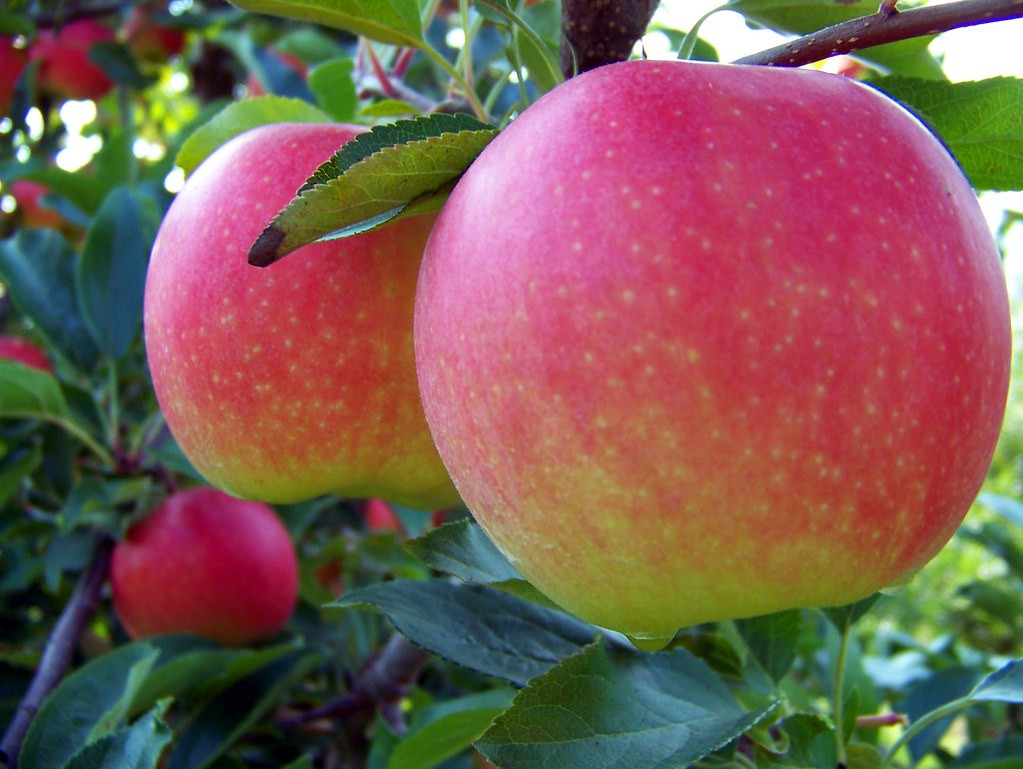
One of the best things about growing apple trees in zone 9B is that they will produce fruit earlier than trees in colder zones. This means that you can enjoy fresh apples sooner. In addition, apple trees in this zone are less susceptible to frost damage and other cold weather problems.
8. Pomegranates:
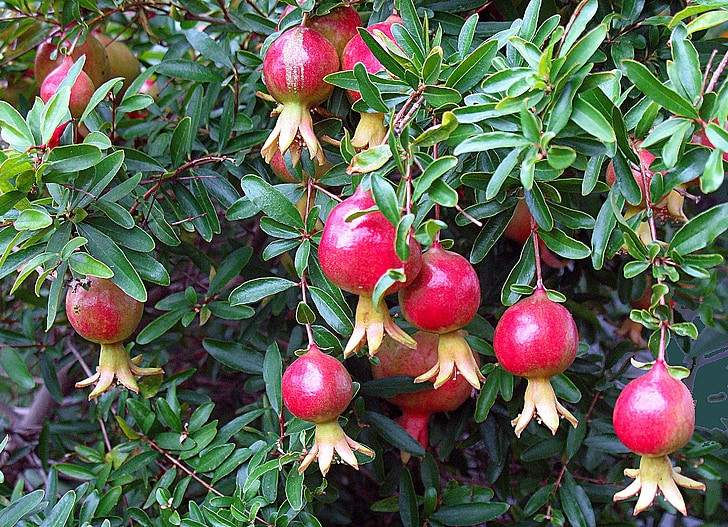
If you’re looking for something a little different, you could also try pomegranates. This fruit is also a good choice for zone 9b. It won’t need any extra care. Just take care of the pomegranate like other fruit trees. No matter what type of fruit tree you choose, be sure to give it plenty of sun and water. With proper care, your fruit tree will thrive and provide you with delicious fruits for years to come.
9. Avocado Trees:
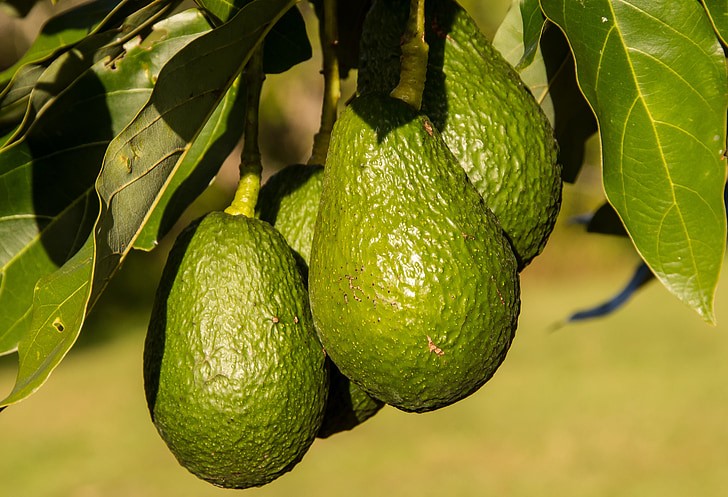
Avocado trees are ideally suited for Zone 9B. They require well-drained soil and protection from frost when young. Some recommended varieties for this zone include ‘Hass,’ ‘Fuerte,’ and ‘Bacon.’
10. Stone Fruit Trees:

Stone fruits, including nectarines, apricots, and plums, also thrive in Zone 9B. Look for low-chill varieties that don’t require as many cold hours to set fruit. Popular choices include ‘Flavorcrest’ peach, ‘Suncrest’ peach, ‘Blenheim’ apricot, and ‘Santa Rosa plum.
11. Persimmon Trees:
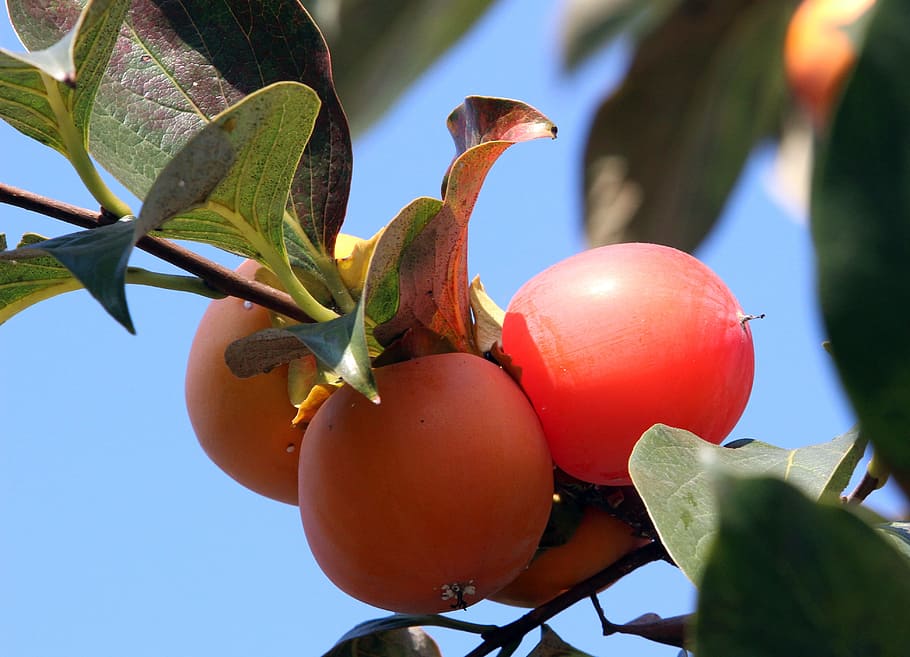
Persimmon trees are well-adapted to the climate of Zone 9B. They produce sweet and flavorful fruits. Popular varieties for this zone include ‘Fuyu,’ which is a non-astringent type, and ‘Hachiya,’ which is an astringent variety.
12. Olive Trees:

Olive trees are an option if you’re interested in oil production or table olives. They thrive in the Mediterranean climate of California. Popular varieties include ‘Mission,’ ‘Manzanillo,’ and ‘Arbequina.’
13. Guavas:
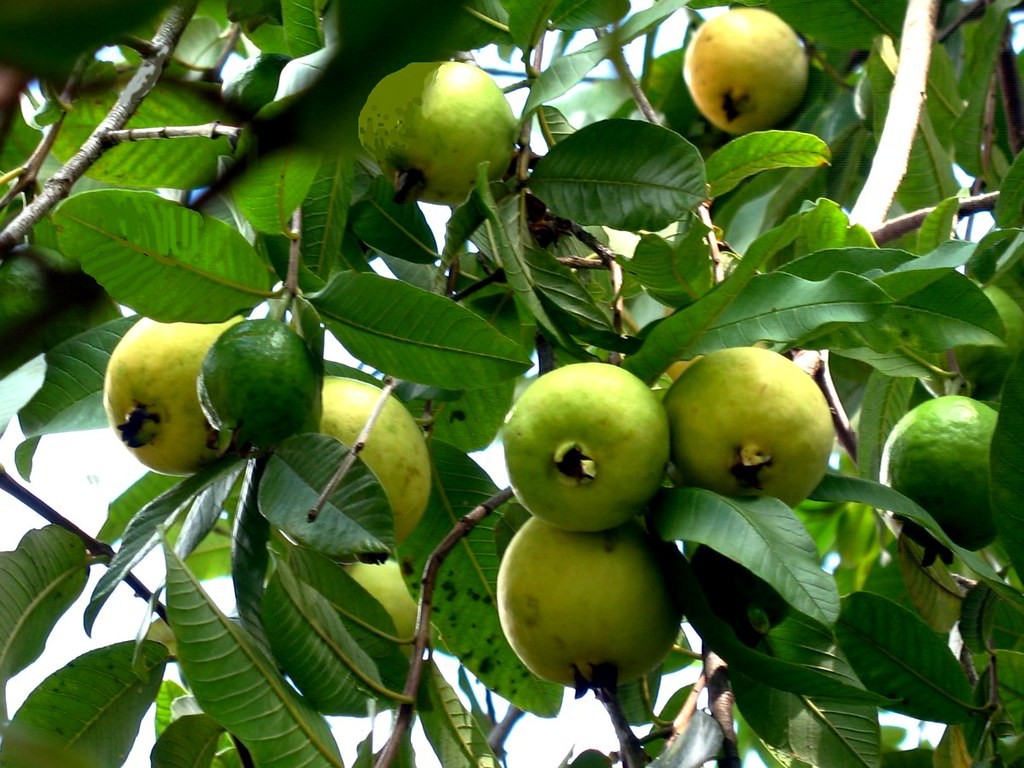
Guava trees are a tropical fruit tree that grows well in Zone 9b. They produce a sweet, tangy fruit that is high in vitamin C. Guava trees need full sun and well-drained soil. They should be watered regularly, especially during the first year after planting.
Guava trees are susceptible to a number of pests and diseases, so it is important to inspect them regularly and take steps to control any problems.
14. Mangoes:
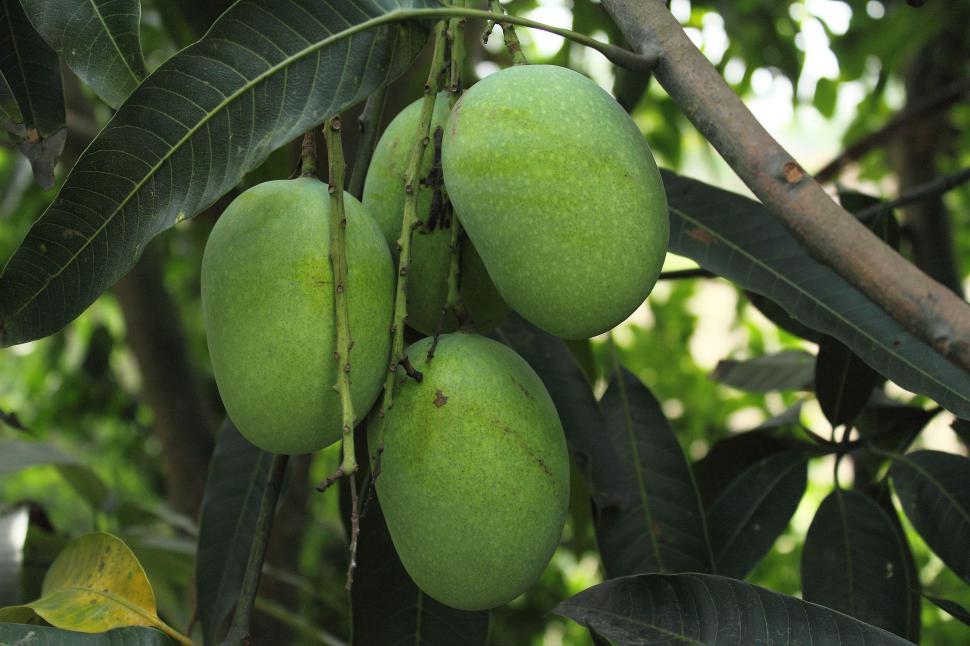
Mango trees are another tropical fruit tree that grows well in Zone 9b. They produce a sweet, juicy fruit that is popular all over the world. Mango trees need full sun and well-drained soil.
They should be watered regularly, especially during the first year after planting. Mango trees are susceptible to a number of pests and diseases, so it is important to inspect them regularly and take steps to control any problems.
15. Papayas:

Papaya trees are a tropical fruit tree that grows well in Zone 9b. They produce a sweet, orange fruit that is high in vitamin C. Papaya trees need full sun and well-drained soil. They should be watered regularly, especially during the first year after planting.
Papaya trees are susceptible to a number of pests and diseases, so it is important to inspect them regularly and take steps to control any problems.
Related Topic –
- What Fruit Trees Grow Well in Zone 9B | Guide For Beginners In 2023
- Top 6 Easy Growing Dwarf Fruit Trees for Zone 9B – Dwarf Gardening
- Fast-Growing Fruit Trees Zone 9 | You Should Know About
Fruit Trees That Hard To Grow In Zone 9B California
While Zone 9B California offers favorable conditions for growing a wide range of fruit trees, there are some varieties that can be more challenging to cultivate in this zone. Here are a few fruit trees that can be more difficult to grow in Zone 9B:
Temperate Climate Trees:
Fruit trees that require a significant period of winter dormancy and colder temperatures to set fruit can be challenging in Zone 9B. This includes certain apple and sweet cherry varieties that have high chilling requirements.
High Chill Stone Fruit Trees:
Some stone fruit trees, such as certain peach and apricot cultivars, have high chilling requirements and may struggle to produce well in Zone 9B. They may have difficulty entering dormancy and breaking it to set fruit.
High Chill Pears:
European pear varieties that require a substantial number of chilling hours, like ‘Bartlett’ and ‘Anjou,’ can be challenging in Zone 9B. They may struggle to set fruit due to the limited cold period.
Some Berries:
Certain berry varieties, such as traditional raspberries and some blackberries, can be more challenging to grow in Zone 9B due to the warm summers and limited chilling hours. However, there are low-chill or heat-tolerant berry cultivars available that may perform better.
Cold Climate Citrus Varieties:
While many citrus trees thrive in Zone 9B, some cold-sensitive citrus varieties, like certain types of mandarins or kumquats, may struggle in colder winters or when exposed to occasional frost.
It’s important to note that while these fruit trees may present some challenges, it doesn’t mean they cannot be successfully grown in Zone 9B. Some gardeners may experiment with microclimate modifications, such as planting in protected areas or using frost protection measures, to improve their chances of success. Additionally, selecting specific cultivars that are better adapted to the warmer climate of Zone 9B can increase the likelihood of fruitful growth.
USDA Plant Hardiness Zone 9b
The USDA Plant Hardiness Zone 9b is a designation used to identify areas in the United States with specific climatic conditions that affect plant growth. Zone 9b is characterized by its mild winter temperatures, with an average minimum temperature range of 25 to 30 degrees Fahrenheit (-3.9 to -1.1 degrees Celsius). Here are some additional characteristics of USDA Zone 9b:
Geographic Distribution: Zone 9b is found in various regions across the United States, including parts of California, Arizona, Texas, Louisiana, Florida, and the Gulf Coast states.
Winter Conditions: Winters in Zone 9b are generally mild, with occasional light frosts. Temperatures rarely dip below freezing, allowing for a longer growing season compared to colder zones.
Hot Summers: Zone 9b experiences hot and long summers with high temperatures. It is crucial to consider heat tolerance when selecting plants for this zone.
Plant Diversity: Zone 9b provides favorable conditions for growing a wide range of plants, including many tropical and subtropical varieties. It is suitable for both cool-season and warm-season crops.
Drought Considerations: Water availability and drought tolerance are important factors to consider when gardening in Zone 9b. Many plants in this zone must be able to withstand periods of drought and have good water retention capabilities.
Some common plants that thrive in USDA Zone 9b include various citrus trees (lemons, oranges, mandarins), avocados, bougainvillea, hibiscus, palms, lantanas, and a variety of succulents. However, it’s always recommended to consider the specific microclimates, soil conditions, and other local factors within your area to make the best plant selections for your garden.
What is the Easiest Fruit to Grow in California?
California is home to a wide variety of fruits and vegetables, making it one of the country’s most bountiful states when it comes to production. There have a wide variety of fruit trees for zone 9B California. While many factors can contribute to how easy or difficult it is to grow a particular fruit, California’s climate and soil types provide ideal growing conditions for most types of fruit. With that in mind, here are some of the easiest fruits to grow in California.
Citrus fruits like oranges and lemons are some of the easiest fruits to grow in California. The state’s warm climate is perfect for these tropical plants, and they can be grown in both backyard gardens and larger commercial farms. Citrus trees require little care and maintenance, and they will produce an abundance of fruit each year with very little effort required on your part.
Another type of fruit that grows well in California is stone fruit like peaches, plums, apricots, and nectarines. These fruits thrive in the state’s Mediterranean climate, and they are relatively easy to grow compared to other types of fruit trees. Stone fruit trees need regular watering and pruning, but they will otherwise produce plenty of delicious fruit with minimal care required.
If you’re looking for an easy-to-grow fruiting plant that produces an abundance of sweet berries, consider planting blackberries or raspberries. Both of these crops do well in California’s mild climate, and they can be grown in both small gardens and large commercial farms. Blackberries and raspberries require very little maintenance once they are established, making them ideal crops for busy gardeners or those new to gardening altogether.
Finally, grapes are another type of fruit that flourishes in California’s temperate climate. Whether you want to make your own wine at home or simply enjoy fresh grapes as a snack, this crop is relatively easy to grow compared to other types of fruit trees.
Also, this will help you a lot – Dwarf Fruit Trees for Zone 9B
Dwarf Fruit Trees for Zone 9B
If you live in a climate where citrus trees will thrive (USDA hardiness zones 9b-11), then you may want to consider planting a dwarf citrus tree in your yard. Dwarf citrus trees are perfect for small spaces, and they still produce an abundance of fruit.
Here’s everything you need to know about growing dwarf citrus trees in zone 9b.
Citrus trees require full sun and well-drained soil. If you have sandy soil, add organic matter to help with drainage. Citrus trees are also relatively drought-tolerant once they’re established, so don’t worry about watering them too much.
When it comes to fertilizing, less is more. Overfertilizing can actually damage the roots of your citrus tree and make the fruit taste bitter. A general rule of thumb is to apply 1/4 cup of fertilizer per year for every year that your tree has been alive.
So, if your tree is 3 years old, you would apply 3/4 cup of fertilizer total over the course of the year. Apply fertilizer in early spring and mid-summer, spreading it evenly around the root zone but not touching the trunk of the tree. Dwarf citrus trees should be pruned regularly to promote healthy growth and fruiting.
Prune away any dead or damaged branches, as well as any branches that are crossing or rubbing against each other. You can also prune back excessively long branches to keep your tree compact and tidy looking. As a general rule, wait until after the fruit has been harvested before doing any major pruning (pruning during harvest season can reduce yields).
Harvest time will vary depending on what type of dwarf citrus tree you have planted, but most varieties will be ready to pick from late fall through early spring (with the peak season being mid-winter). To tell if your fruit is ripe, gently squeeze it – if it gives slightly under pressure, it’s ready to be picked.
The Fruit Gardener’s Bible: A Complete Guide to Growing Fruits and Nuts in the Home Garden
[su_button url=”https://www.amazon.com/dp/1603425675?tag=saeid035-20″ target=”blank” style=”soft” background=”#0084a5″ color=”#FFFFFF” size=”8″ radius=”round”]Check Book Price[/su_button]
Best Apple Trees for Zone 9B
Are you looking for the best apple trees for your garden in zone 9B? If so, you’re in luck. There are many great options to choose from. Some of the best varieties of apple trees for zone 9B include Braeburn, Honeycrisp, Fuji, and Granny Smith.
These varieties are all known for their excellent flavor and disease resistance. When choosing an apple tree for your garden, be sure to select a variety that is suited to your specific climate and soil conditions. With a little research, you can find the perfect tree for your needs.
Tour Of Bay Area Fruit Trees – Walnut Creek, CA | Growing Zone 9B
Frequently Asked Questions: Fruit Trees for Zone 9B California
Q: What are some popular fruit trees for Zone 9B in California?
A: Popular fruit trees for Zone 9B in California include citrus trees (lemon, orange, mandarin), avocado trees, fig trees, pomegranate trees, and peach trees.
Q: When is the best time to plant fruit trees in Zone 9B California?
A: The best time to plant fruit trees in Zone 9B California is during the cooler months of late fall or winter, typically between November and February.
Q: How much sunlight do fruit trees in Zone 9B California need?
A: Fruit trees in Zone 9B California thrive in full sun, which means they need at least 6 to 8 hours of direct sunlight each day for optimal growth and fruit production.
Q: What type of soil do fruit trees prefer in Zone 9B California?
A: Fruit trees in Zone 9B California prefer well-draining soil that is rich in organic matter. Sandy loam or loamy soil types are ideal. Proper soil preparation, including amending with compost, can help improve the soil quality.
Q: How often should I water fruit trees in Zone 9B California?
A: Newly planted fruit trees require regular watering to establish their root system. In general, water deeply and infrequently, aiming for about 1 inch of water per week during the growing season. Adjust watering frequency based on weather conditions and the specific needs of each tree.
Q: Can You Grow Apples in Zone 9B?
A: Yes, you can grow apples in zone 9b. The best time to plant them is in late winter or early spring. Apples need full sun and well-drained soil. They also need to be kept watered during the growing season.
Q: What Fruit Grows Best in Zone 9B?
-Citrus fruits like oranges, lemons, and grapefruits
Conclusion: Fruit Trees for Zone 9B California
If you’re lucky enough to live in Zone 9B, then you can enjoy growing a wide variety of fruit trees. From citrus to stone fruits, there’s something for everyone in this climate zone. One of the great things about fruit trees is that they provide shade and beauty as well as delicious fruit.
And, since they’re perennial plants, you’ll get to enjoy them for many years to come. When choosing fruit trees for your garden, it’s important to consider the space you have available and the amount of sunlight the tree will receive. You’ll also want to think about how much time you’re willing to spend caring for the tree.
Some varieties are more high-maintenance than others. Once you’ve narrowed down your choices, it’s time to start planting! Be sure to follow the instructions that come with your tree and give it plenty of water and nutrients as it grows.
With a little love and care, your fruit tree will soon be bearing delicious fruits for you and your family to enjoy all season long.
Reference –
- The National Gardening Association: The 2012 USDA Hardiness Zone Map
- Missouri Botanical Garden: Eriobotrya Japonica
- California Rare Fruit Growers: Apricot (Low-Chill)
- The National Gardening Association: Meet the Asian Pears


